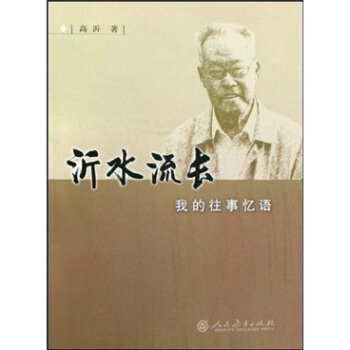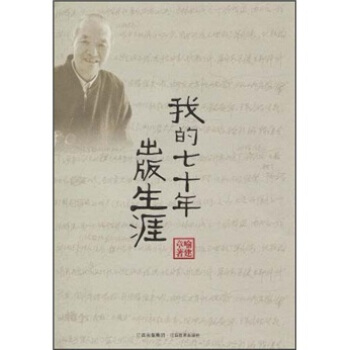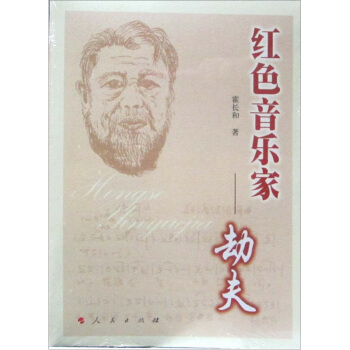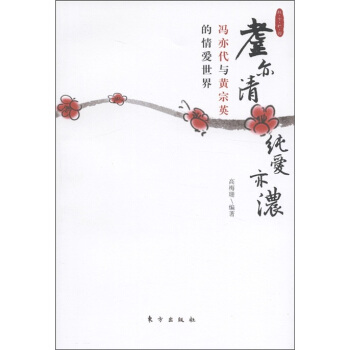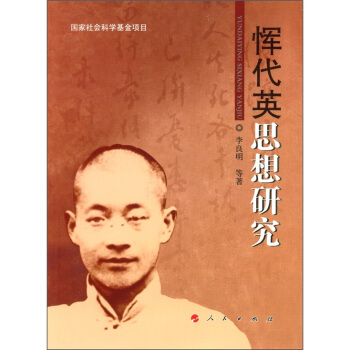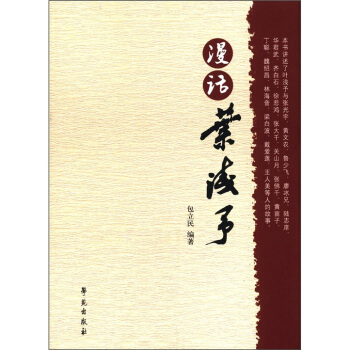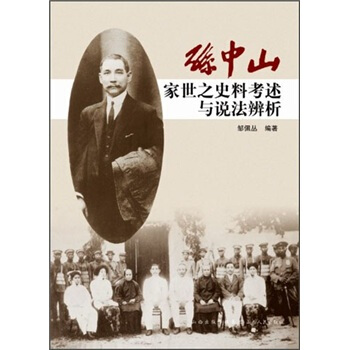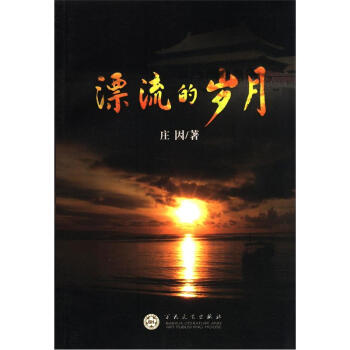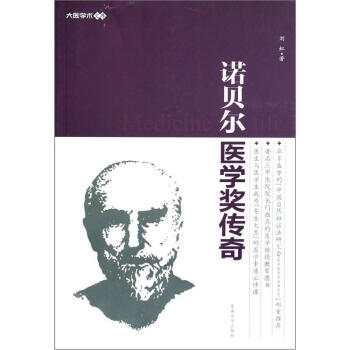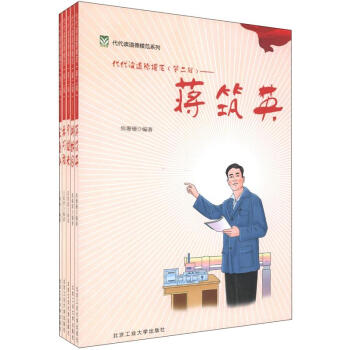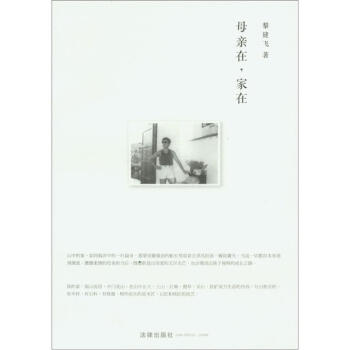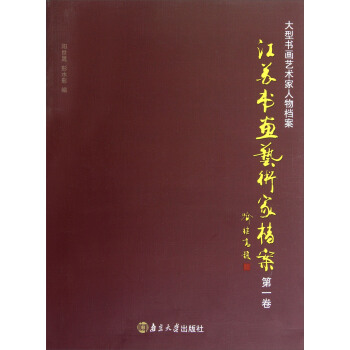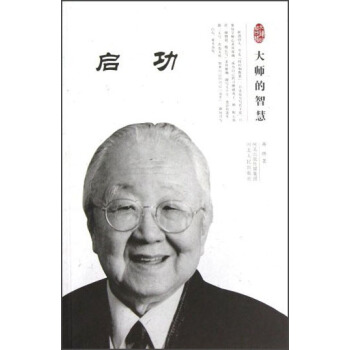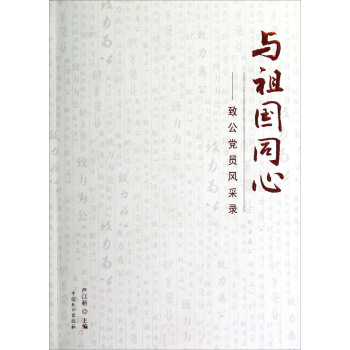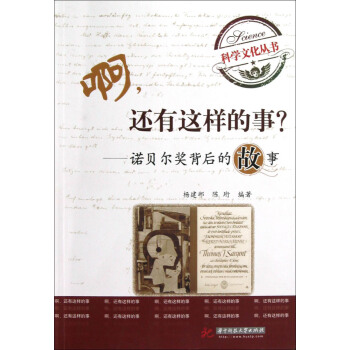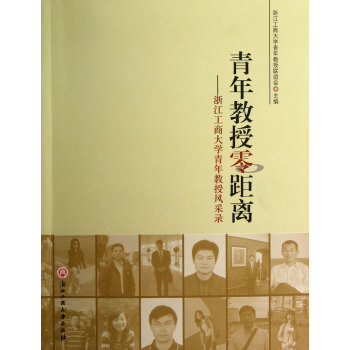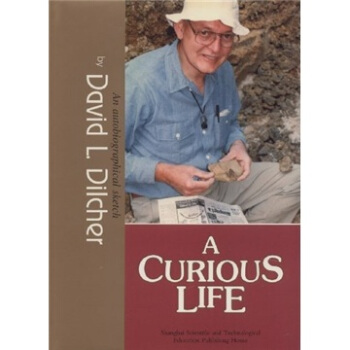

具體描述
內容簡介
The form the book has taken is a hybrid of what Ge Sun proposed, his guidance and help,in relation to what I could accomplish in practical terms of a short schedule and the ability toformat and organize the sections of this publication during the fall of 2005. Special thanksmust go to Professor Ge Sun for his continued help with many aspects of the organization andpublication of this book and to Terry Lott who helped with many of the practical details ofputting it all together. Thanks would be extended to Mr. Jingyi Weng, the Director of theShanghai Scientific and Technological Education Publishing House, and Prof. Yulin Bian, theExecutive Editor, and Mr. Shiliang Tang, the designer, of the book, for their kind help in edi-tion and publishing work for this book.內頁插圖
目錄
IntroductionPreface
A young boy learns about nature
Growing up
A student looking for focus
Learning to be professional
A young professional
A young professor
The move to Florida
Graduate students, postdoctoral research assistants, technical
assistants and collection managers
Tools and questions
Ph.D., Masters degree, students, postdoctoral research assistants,
collection managers, and research assistants
Selected publications
Section I
Early Cretaceous
Cenozoic
Section II Hypothesis
Section III Micropaleontology
Section IV Paleoclimate
Section V Paleozoic
The Complete list of publications for David L. Dilcher (1961-2005)
Books
Papers Published in Reviewed Journals
In preparation
Submitted
Published
Presentations/Abstracts
精彩書摘
I grew seeds of this plant and wecleared the leaves,even the seedling leaves and alsobegan reconstructions of the fossils and diagrams ofthe living Platanus so common in Indiana.Then Istarted to grow seeds of some of the different speciesof Platanus.Julie completed a masters degree andthen transferred out of the lab.Chuck Daghlian was an undergraduate at IndianaUniversity and he took my Introductory Botany class.I invited him to work as an hourly worker in my labon fossil leaves from the middle Eocene.I had beenencouraged to publish some major work on these fos-sils rather than just one small paper on individualtaxa as I had been doing.So I began a major projecton the monocots of the middle Eocene.We had alarge Philodendron-like leaf and also I hired Frank Potter to work for several months on thepalm fossil material.I prepared lots of living material for cuticle which involved one trip toFairchild Tropical Gardens in Miami, to cut 25 pounds of costa palmate leaves from the palmsthey had growing.Herbarium specimens of palm leaves just did not give me enough charac-ters to work with. I knew we had Sabal palms of some sort and then there were others not yetidentified. Chuck Daghlian went to graduate school in Texas to work with Ted Delevoryas andcalled me one day and asked to take over the palm project for his Ph.D. dissertation.I hadabout 1 1/2 years invested in the project, but he had found palms in Texas and needed to com-bine these with the ones from Tennessee and needed the modern reference work I had done.So I gave him all my palm research materials.Now I see there are still some loose ends thatcould be done and hope some day to get back to this as palms are great plants and their evo-lution and distribution are very interesting.
前言/序言
用戶評價
《好奇的一生:迪爾切傳略》這本書,讓我沉浸在一個截然不同的世界裏,那個世界充滿瞭挑戰、智慧與對人類命運的深切關懷。我特彆被書中對迪爾切晚年思想轉變的描繪所吸引。在經曆瞭早年的輝煌與坎坷之後,他將更多的精力投入到瞭對社會問題和哲學思考的深度挖掘之中。他不再僅僅滿足於探索物質世界的奧秘,而是將目光投嚮瞭人類社會的結構、倫理道德的邊界,以及個體在宏大曆史進程中的位置。書中的一些章節,詳細闡述瞭他對教育、公平和自由的獨到見解,這些觀點即使在今天看來,依然具有振聾發聵的力量。我能感受到,他用一生的經驗和智慧,試圖為人類找到一條更光明的道路。他的思考是深刻的,他的憂慮是真摯的,他的希望是普世的。讀到這裏,我仿佛看到一位智者,在人生的暮年,將自己畢生的經驗和洞察,凝聚成文字,留給後人。這種傳道授業解惑的情懷,超越瞭個人傳記的範疇,更像是一份沉甸甸的思想遺産,值得我們反復品味和藉鑒。
評分《好奇的一生:迪爾切傳略》這本書,與其說是一本人物傳記,不如說是一部關於如何與世界互動,如何活齣生命意義的百科全書。我對書中關於迪爾切如何與不同文化背景的人們建立聯係的部分尤為著迷。他並非局限於自己熟悉的領域,而是以一種開放包容的態度,去理解和學習那些與自己截然不同的文化和思想。書中描述瞭他如何跨越語言的障礙,如何尊重和欣賞異域的習俗,以及如何在交流中找到共同點,並最終建立起深厚的友誼。這種跨文化交流的能力,在當今全球化日益加深的時代,顯得尤為重要。迪爾切用他的親身經曆告訴我們,真正的智慧並非固步自封,而是在於擁抱多樣性,在於從不同的視角去理解世界。他的人生態度,是一種積極的、充滿探索欲的姿態,他的人生哲學,是建立在理解、尊重和連接的基礎之上。這本書不僅講述瞭一個人的故事,更傳遞瞭一種連接世界、擁抱未來的生活哲學。
評分這本《好奇的一生:迪爾切傳略》讀完後,心中湧起一股復雜的情感,既有對傳主非凡經曆的敬佩,也有對其人生軌跡中某些片段的唏噓。迪爾切,這個名字本身就帶著一種古老而神秘的色彩,他的生平,正如書中所描繪的那樣,是一部跌宕起伏的史詩。我尤其對其中關於他青年時期探索未知領域的那部分印象深刻。在那段時期,他剋服瞭常人難以想象的睏難,深入瞭那些鮮有人跡的地區,用他那顆永不熄滅的好奇心,去丈量世界的邊界。書中的文字仿佛帶著一種魔力,讓我身臨其境,感受到瞭他當時麵對的險峻地形、奇異風光以及那些充滿未知與挑戰的遭遇。他對知識的渴求,對真理的追尋,那種不畏艱難、勇往直前的精神,無疑是這本書最核心也最打動我的部分。即使在最艱難的時刻,他也沒有放棄對科學的探索,對自然的觀察,對人類文明的思考。這種精神力量,即使在現代社會,也依然具有強大的感染力,它提醒著我們,生命的可貴在於不斷地發現和成長,在於永不停歇的求索。
評分讀完《好奇的一生:迪爾切傳略》,我最大的感受是,人生如同一場漫長而精彩的旅程,而迪爾切,無疑是這場旅程中最執著、最富有智慧的行者。書中關於他晚年對“傳承”的思考,給瞭我深刻的啓發。在他生命的後期,他沒有選擇安逸地享受成果,而是將更多的精力投入到如何將自己的知識、經驗和價值觀傳遞給下一代。他創辦的機構、他撰寫的著作、他指導的門生,這些都是他留給世界的寶貴財富。書中的文字,細膩地展現瞭他對教育的重視,對人纔的培養,以及他對未來發展的深切期盼。他深知,個人的力量終究有限,而集體的智慧和持續的傳承,纔能真正推動社會的進步。他的人生,並非僅僅是為瞭滿足自己的好奇心,更是為瞭點燃更多人心中的好奇之火,引領他們走嚮更廣闊的未知。這種對生命價值的深刻理解和實踐,讓我對“人生”二字有瞭更深層次的感悟。
評分我是在一個偶然的機會下翻開《好奇的一生:迪爾切傳略》的,原本隻是抱著消遣的心態,卻不曾想被書中跌宕起伏的情節和主人公迪爾切復雜的人生軌跡深深吸引。這本書最讓我感到震撼的,是迪爾切在關鍵時刻所展現齣的非凡勇氣和決斷力。書中對於他在麵臨人生重大選擇時,內心的掙紮、外部的壓力,以及最終做齣艱難決定時的描寫,都刻畫得入木三分。我仿佛能夠感受到他肩上沉重的責任,以及為瞭信念而必須付齣的巨大代價。這些情節並非簡單的故事敘述,而是對人性深處復雜情感的細膩剖析。他不是一個完美無瑕的神話人物,他也有過迷茫,有過失落,有過痛苦的掙紮,但正是這些真實的情感流露,讓他的形象更加鮮活,更加 relatable。尤其是在他遭受重大挫摺,幾乎跌入榖底的時期,他所錶現齣的堅韌不拔,以及重新站起來的毅力,是這本書中最具感染力的部分之一。它讓我相信,即使在最黑暗的時刻,希望也從未真正熄滅,隻要我們擁有足夠的勇氣和堅持。
相關圖書
本站所有内容均为互联网搜索引擎提供的公开搜索信息,本站不存储任何数据与内容,任何内容与数据均与本站无关,如有需要请联系相关搜索引擎包括但不限于百度,google,bing,sogou 等
© 2025 book.tinynews.org All Rights Reserved. 静思书屋 版权所有


